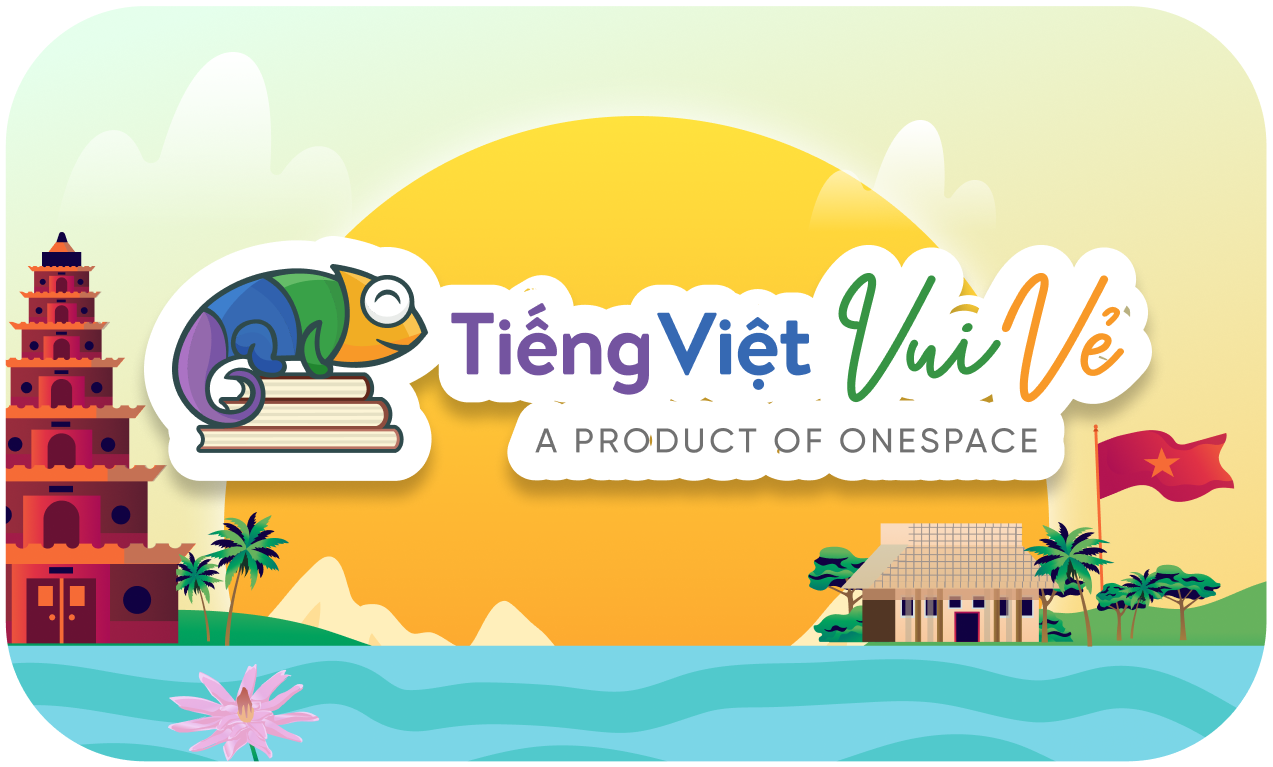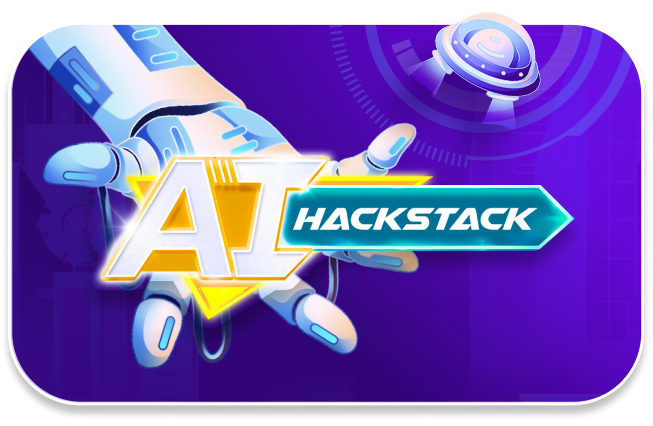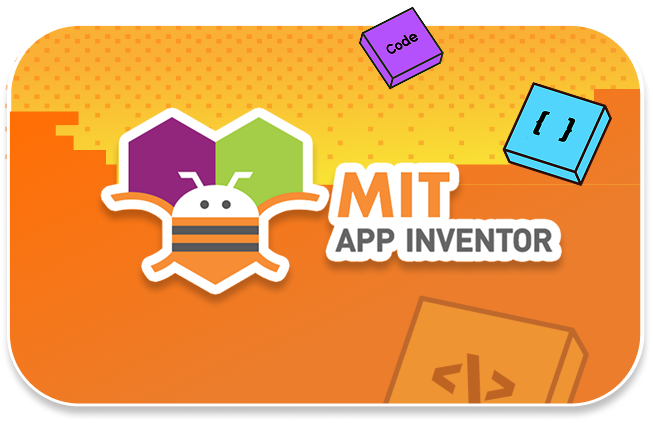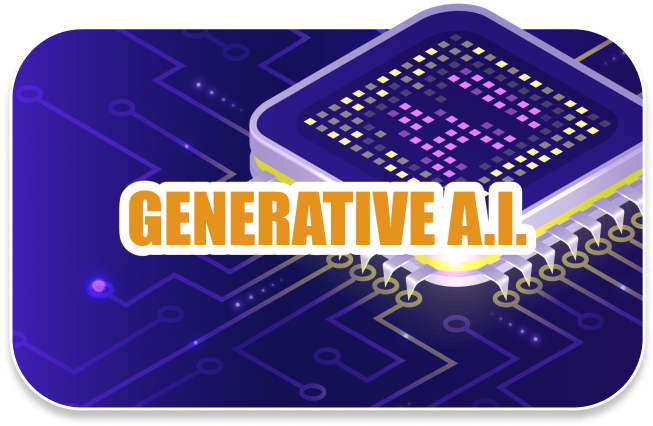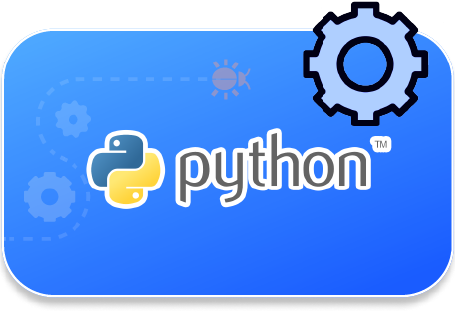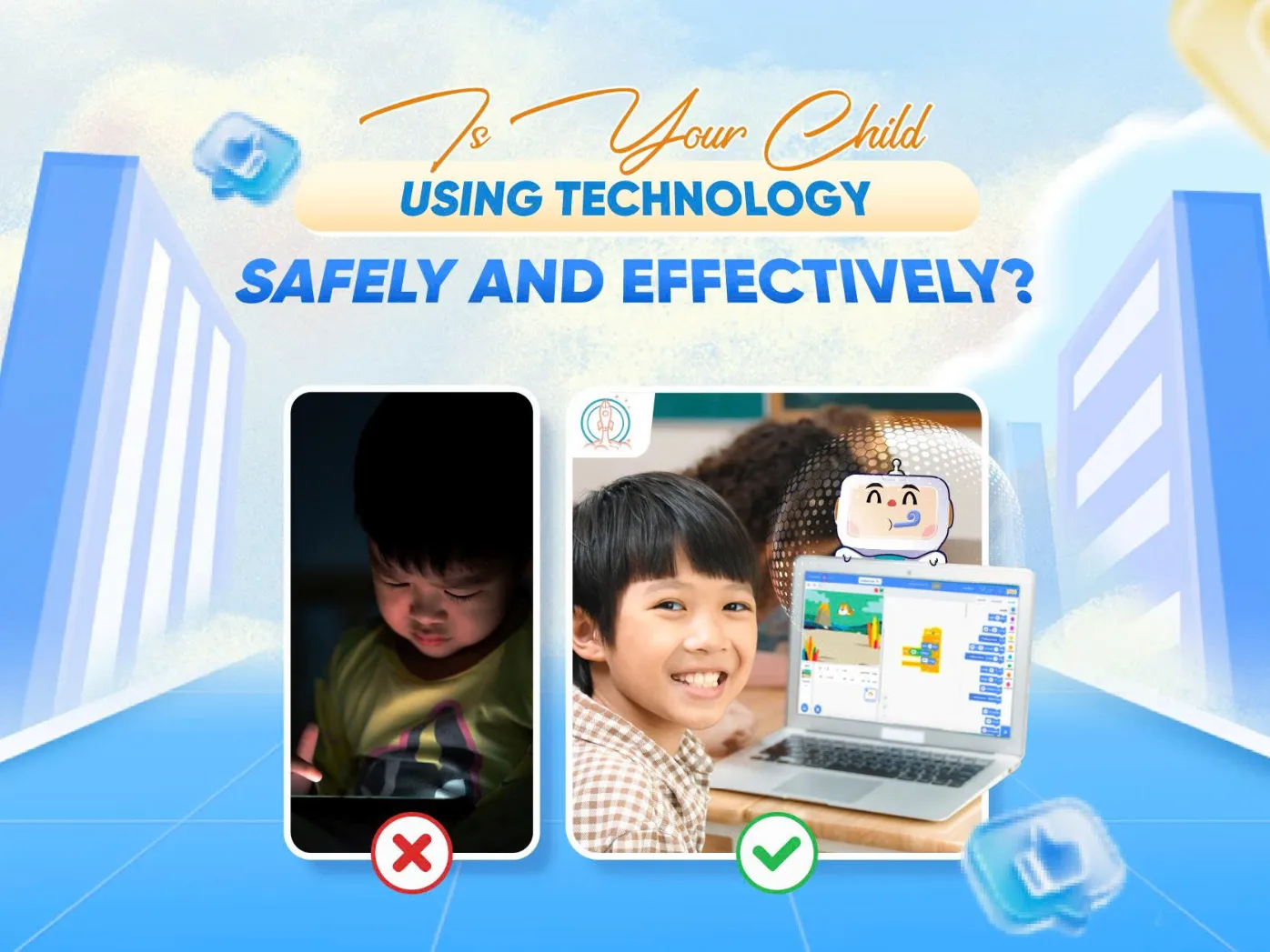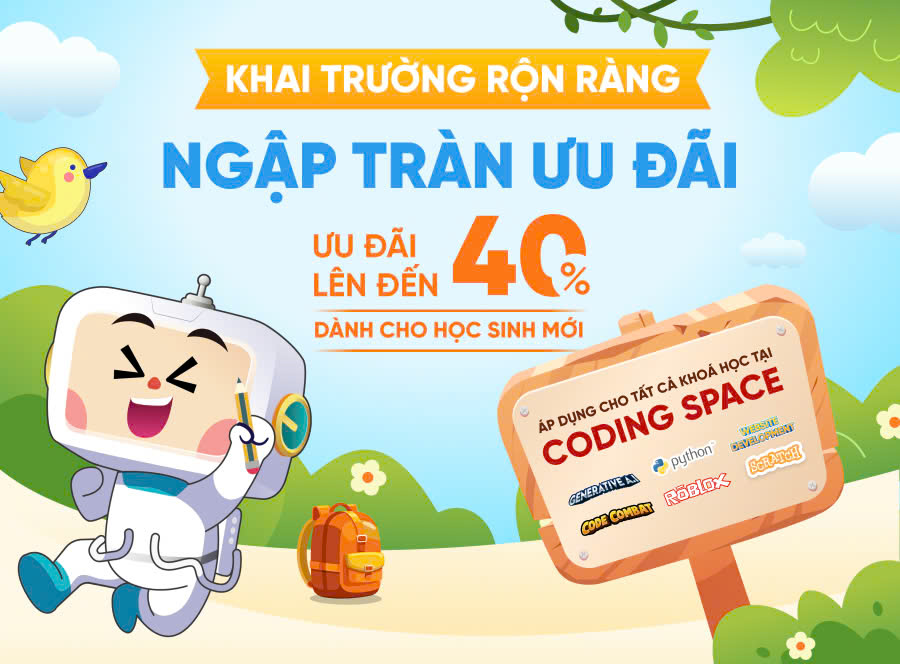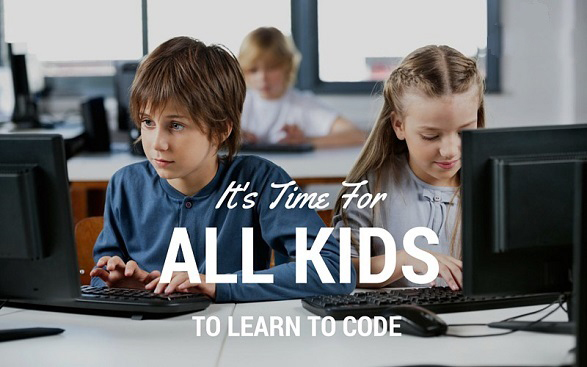Modern technology is evolving at a rapid pace, particularly in the fields of Artificial Intelligence and Robotics. This presents a significant challenge for current education: how to comprehensively prepare the younger generation? Teaching programming and robot assembly are just the first steps. For children to succeed in a technology-driven future, they need to be equipped with not only technological skills but also important soft skills such as creativity, problem-solving, and teamwork.
Join OneSpace in exploring new trends in STEM education, where technology and soft skills are harmoniously integrated, enabling children to confidently and flexibly adapt to a rapidly changing future.
1. The Current State of STEM Education
Currently, STEM education is at a critical juncture, shaped by rapid technological advancements. Traditional STEM education focuses primarily on Science, Technology, Engineering, and Mathematics to help children acquire scientific knowledge. Schools and educational programs have invested significantly in building, providing resources, and training teachers to effectively deliver technology-focused curricula.
However, purely technological skills are not enough to prepare students for future changes and challenges. The current STEM curriculum does not place enough emphasis on soft skills such as critical thinking, creativity, and interpersonal communication. These skills are crucial for problem-solving in various situations and for collaborative work in team environments, which are common in most professional settings today.
2. Essential Skills for a Technological Future
In the context of technology, skills such as problem-solving, effective communication, and teamwork are increasingly important. These skills not only help individuals operate technology but also innovate and lead in its application.
- Problem-Solving: This skill is key in a world where challenges are increasingly complex and often require interdisciplinary knowledge. In the field of technology, professionals frequently encounter situations that demand creative solutions to unforeseen problems. Therefore, STEM education needs to focus on developing strong problem-solving abilities through scenarios and challenges that simulate real-world issues.
- Communication: As projects become more collaborative and multifunctional, the ability to clearly and persuasively convey ideas becomes essential. This involves not only articulating thoughts but also effectively listening and integrating feedback. STEM education should incorporate activities that enhance verbal and written communication skills, preparing students to develop diverse skills.
- Teamwork: Success often relies on the ability to work harmoniously within diverse teams, leveraging the strengths of each member. The STEM curriculum should encourage collaborative learning experiences where students can practice navigating group dynamics, sharing responsibilities, and collectively problem-solving.

- Critical Thinking: This is the ability to analyze facts to make judgments. In STEM, critical thinking allows students to evaluate the feasibility of solutions based on logical reasoning and empirical evidence. This skill is particularly important in a technology-driven future, where decisions often involve weighing the benefits and risks of new technologies and their impact on society.
- Creativity: Often seen as the ability to think outside the box and generate novel ideas, creativity is vital in fields driven by new products and solutions. Encouraging creativity in STEM education helps students envision and develop unique applications, fostering technological advancement.
3. Integrating Soft Skills into STEM Education
Integrating soft skills into STEM education is crucial for developing well-rounded students who are ready for the complexities of the modern workplace. While technical skills are foundational, the ability to collaborate, communicate, and creatively solve problems in team environments is equally important. An effective approach to developing these skills is through hands-on learning, providing students with opportunities to engage directly with real-world issues and collaborate with peers to find solutions.
- Hands-On Learning: In STEM, hands-on learning can take many forms, from lab experiments to engineering design projects and programming hackathons. These activities provide a dynamic environment where students can apply theoretical knowledge to real-world situations, bridging the gap between knowledge and practice. For example, building a robot from scratch not only teaches programming and engineering but also requires teamwork, idea communication, and overcoming challenges.
- Project-Based Learning: Project-based learning is an effective method for developing soft skills. In project-based activities, students work in teams to solve complex tasks, often involving research, planning, execution, and presentation. This process not only helps students develop collaboration and communication skills but also teaches them time management and effective responsibility allocation.
- Collaborative Learning: Through group activities, students learn to work together, communicate effectively, and navigate group dynamics. STEM exercises will emphasize group activities and encourage students to participate to realize the benefits of collaboration.

- Technology in STEM Education: Integrating technology into STEM education can further enhance the development of soft skills. Support tools like virtual whiteboards, document-sharing platforms, and project management software allow students to work together seamlessly, regardless of geographical distance. These technologies also provide students with practical experience with modern work methods.
Experience STEM education beyond the classroom framework at OneSpace! The Enjoy A.I competition organized by OneSpace is an international playground for young programming enthusiasts. The competition not only helps students apply STEM knowledge in practice but also encourages them to develop teamwork, critical thinking, and problem-solving skills. Participating in the competition is a great opportunity for them to experience the connection between theory and practice, and to affirm their abilities in an international competitive environment at the Enjoy A.I finals in Shanghai, China this December.
REGISTER now to learn, develop comprehensive skills, and make new strides for the future!




